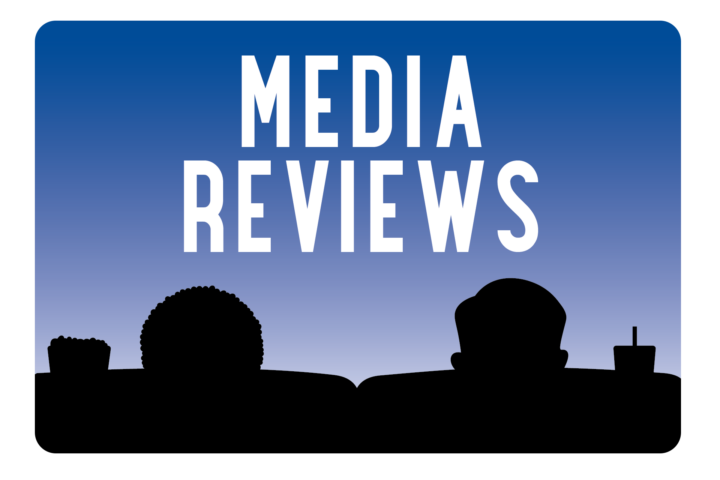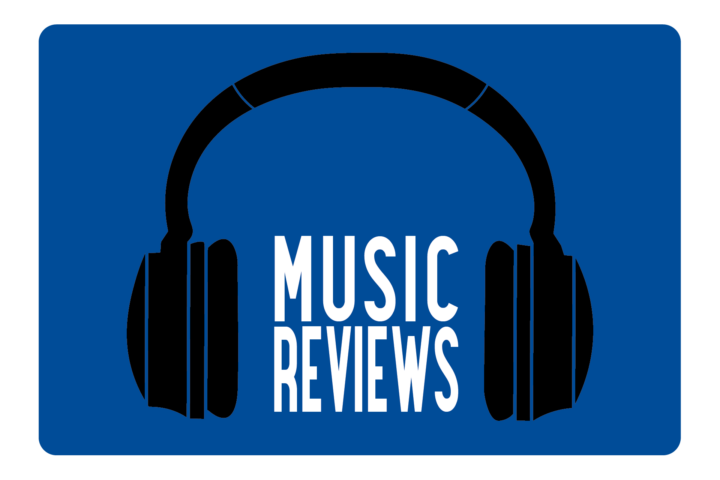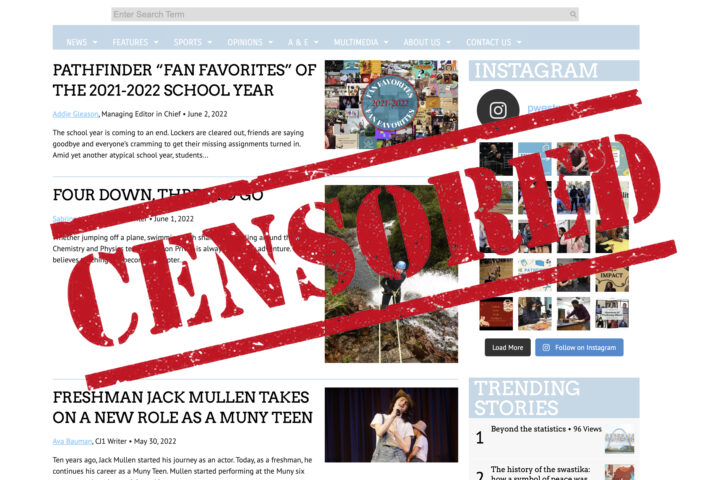The door swings open, and Zohra and Maliha Rahmani, 15 and 13, hug me and my translator. They welcome us into their home and offer us spots on the couch — the only piece of furniture in the living room. Aside from a handful of toys and intricately patterned prayer rugs, the room is bare.
For the next two hours on a blustery Saturday afternoon, I spoke with Zohra and Maliha about their family’s journey from Wardak, Afghanistan to Silver Spring, Maryland. They described how their family of nine secretly planned and executed an escape from Afghanistan just days before the U.S. troop evacuation in August, 2020.
My interview with the Rahmani sisters was one of dozens of conversations I’ve been privileged to have over the past two years for The Black & White, my high school’s student-run newspaper in Bethesda, Maryland. As a feature writer, I have reported on a wide range of topics including student sexual abuse by faculty and staff in my school district, a campaign to remove police officers from my county’s high schools, and the growing fentanyl crisis, which resulted in the accidental death of a student at my school. It’s not always something serious: For one story, I laughed and danced with drag queens in D.C. as they shared their journeys toward acceptance and pride. I spent another afternoon chatting up quirky estate sale shoppers while sitting on century-old couches for a feature on the popularity of local estate sales.
I was never alone. My fellow writers on The B&W have fearlessly covered their own beats, from racism among our peers to the juvenile criminal justice system in Maryland.
The B&W provides reliable information and commentary for our school’s students, families, administration, and faculty, with readership in the thousands. The B&W writers offer a different perspective than traditional media, and our stories don’t just educate our readers — they make them feel more connected to our school and more aware of their power within the community.
The B&W isn’t alone — other student journalists across the country are courageously expressing themselves through their school publications. At Northwest High School in Grand Island, Nebraska, the school’s administrators and superintendent shut down the student publication, Viking Saga, after the June edition was LGBTQ themed in honor of pride month. A student at Stuyvesant High School in New York City, New York described the lack of inclusivity within the term “Asian” in their publication, The Spectator.
Our coverage is so strong because we spend time during the school day reporting and learning from dedicated journalism classrooms. At a time of widespread disinformation and disunity in our country, the media literacy inherent to journalism curricula is more important than ever. The problems America faces demand strong reporting, and by localizing and personalizing complicated issues, student journalism can break through some of the discord and serve to unify Americans at a local level first.
Journalism enables students to think critically, gather evidence to support claims, and report multiple positions on a topic. In interviewing sources, student journalists learn to listen and respond carefully, and in turn, to apply that same inquiry to their own previously held views. We learn that people can disagree without believing the other side is evil. We learn how to discern actual facts from opinion — or truth from conspiracy theory — by comparing and contrasting news sources and looking for bias and proof of claims.
Student voices also need to be amplified in order to motivate young people to care about societal issues and problems, and to inspire them to become active participants in their communities.
Research conducted at Tufts University found that approximately 50% of people ages 18 to 29 voted in the last presidential election, an 11-point increase over the 2016 election. In order to continue to grow youth voter participation, young Americans have to believe that what they think, say, and do matters. To reach this demographic, news and news analysis needs to come, in part, from people their own age, people to whom they can relate, people they trust to hold the same vested interests.
Student publications also give young people from different racial and ethnic backgrounds the chance to share perspectives on current events. At Bethesda-Chevy Chase High School in Bethesda, Maryland one student featured the appropriation of black fashion over time in their publication The Tattler. Blogs, opinion pieces and profiles of individuals from different cultural backgrounds promote understanding and can help create more tolerant and inclusive school communities. With the rise in hate crimes and emboldened white supremacy groups, and increasing incidents of gun violence and police brutality, student journalism that fairly and accurately tackles issues of discrimination and spreads the truth could mean the difference between life and death. After the murder of George Floyd and the uptake in Black Lives Matter protests, two students at Stuyvesant High School wrote about their experience being black at Stuyvesant.
Not all the benefits of student journalism are big-picture. Student newspapers also create a way for teenagers who share a common passion for writing and reporting to connect. Just as drama, band, sports, and debate provide camaraderie and allow students to build friendships with others who have similar interests and strengths, student publications provide the same. Some of my favorite high school memories will include feasting on Chipotle with my classmates during nights of afterschool editing, joining late-night editorial meetings that inevitably devolved into gossip sessions, and weekend Starbucks meetings to collaborate on our letters from the editors over several rounds of lattes. All students should have the same chance to be a part of a supportive community within their larger school environment.
The B&W is fortunate to have a faculty advisor who works to support and advocate for our publication, but this is not the case at every public high school. While 88% of the country’s 15,000 public high schools offer a journalism class, only a little over half of public high schools have a student newspaper.
State and local policymakers — governors, state boards of education, superintendents, and local school board members — should recognize the critical role high school journalism courses and student journalists play in improving the communities they serve, and mandate journalism curriculum in secondary schools. They need to allocate funding for journalism curricula in state budgets, including allotments for the training necessary to prepare journalism teachers to facilitate publications rich with content.
Students: If you’re fortunate enough to be covered by a student publication, read your peers’ work. If you don’t make it a habit to read your school’s newspaper, you are missing the opportunity to learn about real-world perspectives otherwise not covered in school. You are forgoing the chance to think about issues in ways you never imagined possible. And if you have a hot take or a story to tell, pitch your student paper. Your community will care about what you have to say, and you should care about your right to say it.
It is not enough for students to graduate from high school able to read and write at a certain level of proficiency, understand mathematical concepts, recall major events in American history, and answer basic questions about our system of government. Students must also be able to think critically about real-life problems. If the goal of education is to help young people understand the world around them and realize their potential to become active and responsible members of their communities, student publications like The B&W should exist in every American high school.
The afternoon I spent with the Rahmani sisters changed me. Soon after, I began to work on another story on refugees, this time from El Salvador. I’m studying to become fluent in Spanish, now, in order to better help immigrants in my community.
What I wrote both reflected and created my interests. Reporting focused my possible academic and career paths. My experiences on The B&W are already guiding me. They are the exact kind of experiences every student in the U.S. deserves a chance to have — and the exact kind our country needs to heal.



